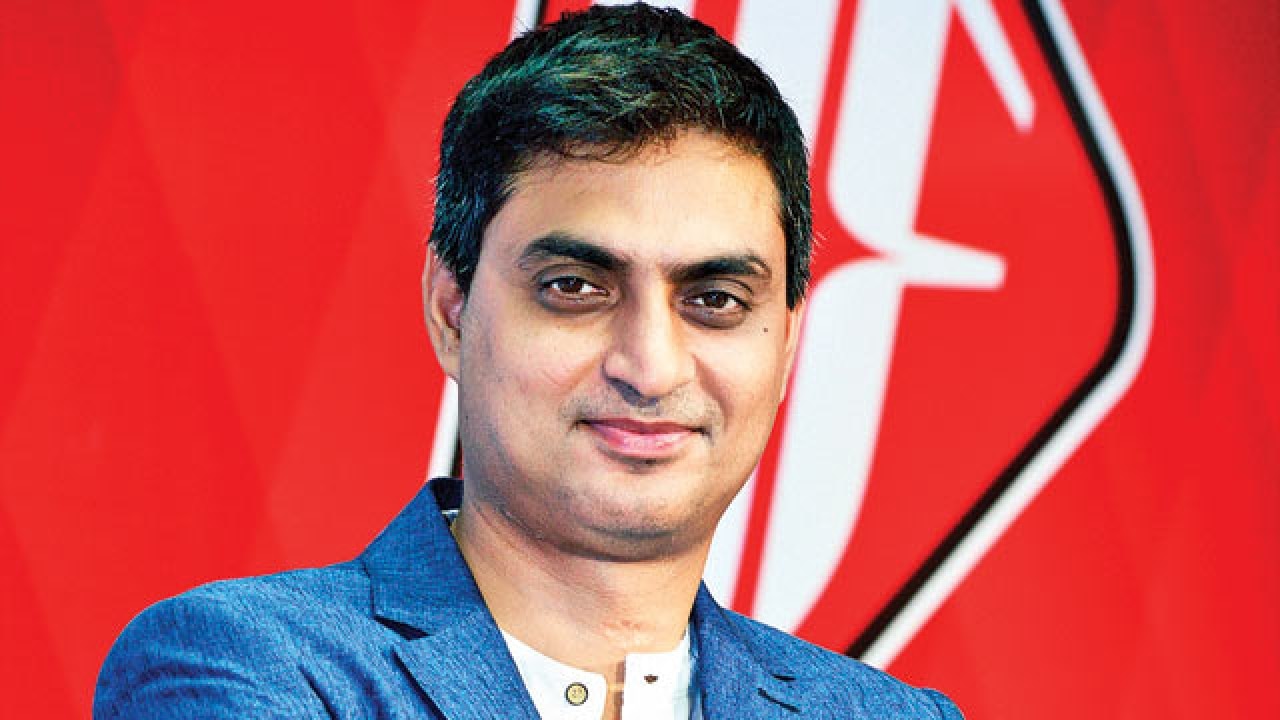
This format caters to the aspirational consumers including men, women and kids looking for branded merchandise at affordable prices. In fact, we are the only fashion store in India with premium, international, national and regional fashion brands at 20% to 70% discounted prices. And the best part of this format is the consumer doesn't have to wait for the 'sale' season because discounted merchandise is sold in these stores throughout the year, which is the most unique aspect. In terms of fashion labels in our stores, we have 200 brands making apparels for us including US Polo, Levis, Lee, Wrangler, Flying Machine, Nike, Fila, Louis Phillipe, Turtle, Cool Colours, Allen Solly and Gini & Jony.
I mean to say is that brands move their 'season minus one' merchandise to Brand Factory after their end of season sale is over. See there is always residual stock even after the end of season sale because generally most brands will not have more that 80% sell-through so there will always be 20% residual merchandise every season. Where do these sell then? So instead of going to smaller stores and factory outlets, here is one large format chain that offers convenience to both the brands and customers alike.
There was Bangalore-based garment chain called Coupon which we acquired in 2013. So in that sense, we don't really have direct competition in this format. While I don't want to name them, there are few claiming to be discount chains, but they are not. That's because they are dealing in export surplus merchandise. The customers are never sure of the price they are paying for such products. Whereas in our case, it's all branded merchandise with branded price that gives the buyer a clear idea on the discounts being offered.
While people talk, which is okay, I really don't understand how can fashion be bought online especially when I don't know about the fit. Am not saying this because am an offline retailer, I also buy online, but not apparels. I purchase non-apparels which is homogeneous, standard, genuine and easy to buy.
That's for selling our own brands. One has to have online representation, but there is hardly any charm in such an approach. E-marketplaces will be in business till the time they have funding from investors. What kind of a charm does the business have is something that can only be figured out later.
The discount chain is currently present in 20 cities across 46 stores. We have been continuously growing footprint, just that we have been stronger in south India and started moving to north at a later stage. The plan is to take this number to 55 stores by March 2017.
Store size would depend from location to location and varies from 25,000 square feet to 60,000 sq ft. One has to basically take into account the potential of the city and the location to decide on the size of the store. For instance, in Mira Road, it made sense for us to take a smaller space of 25,000 sq ft and make it a more productive outlet. So if you are in a very prime location and rentals are very high, you have to ensure the costs are in control. What we are doing is passing on the margin to the customer as a discount. So the cost of operations currently in this format is 15% of the sale versus normal norm of between 25% and 40%.
This is just a one-off case. Majority of our Brand Factory stores are new outlets and the ones opening in the future will be new outlets too.
It's around Rs 50. It's an amazing number to write home about and I think if you quote this number there are very less chances that people will believe it.